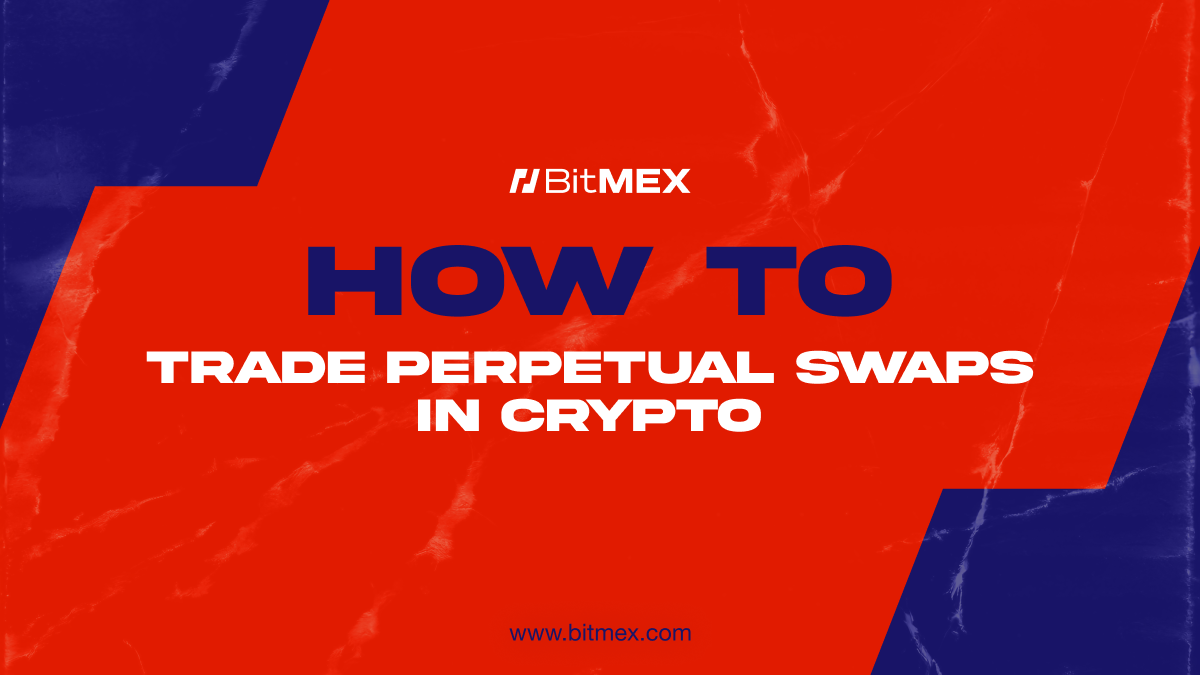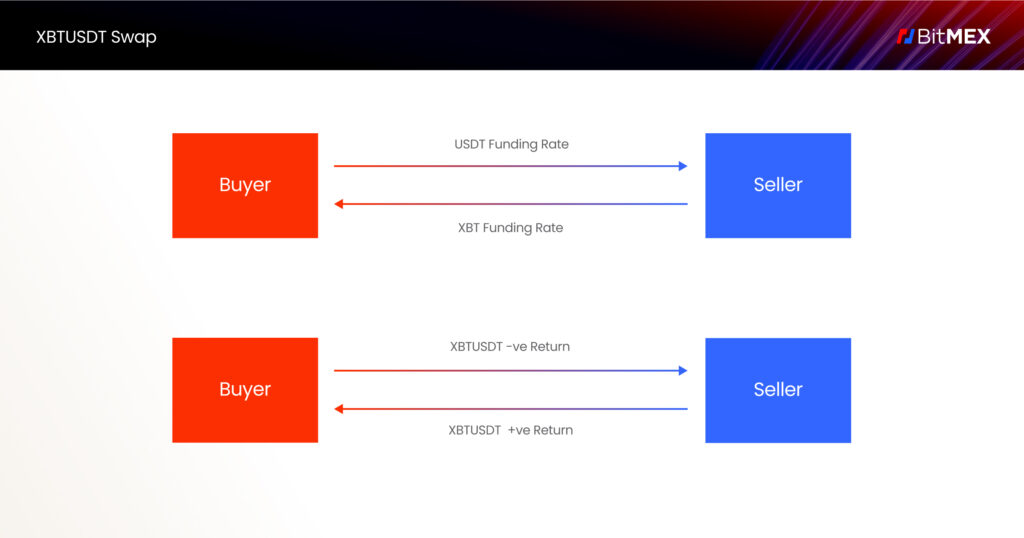
A crypto perpetual contract, also known more commonly as a perpetual swap or just “perp”, is similar to a futures contract, except it has no expiry date.
This article was created to take a deeper look at “perps”.
An Overview of Interest Rate Swaps
To explain what crypto perpetual contracts are and how they work, we will use the purchase of a car as an example.
Introducing Jack. Jack loves Ferraris, and would really like to experience driving one. However, he does not have the funds to purchase one himself, nor does he wish to own it outright.
In contrast, those who own a Ferrari but don’t drive it themselves, may want to earn some income by loaning out their car to someone like Jack.
Jack would be willing to pay a rate of interest, to drive a stranger’s Ferrari for a short period of time. Simply put, he is willing to swap an interest payment, for the use of the stranger’s Ferrari.
Just like Jack, crypto traders are able to swap interest payments for the performance of a crypto token, with perpetual swaps.
Why Trade Crypto Derivatives with Leverage?
Traders, particularly professional ones, leverage the crypto market due to its volatile nature. Informed and seasoned traders can earn substantial sums trading particular tokens in a short period of time. However, they may have no interest in holding or storing these tokens for longer durations. They are more interested in participating in the price performance of the token.
This makes trading margin in crypto a popular option. To enter a long position, traders pledge Bitcoin as collateral, borrow additional Bitcoin, and purchase the token of their choice.
To go short, they do the same in order to sell the token of their choice. In both cases, the traders are required to pay interest to the lenders of Bitcoin or the respective token.
What are Perpetual Swaps and How Do They Work?
Perpetual swaps are one type of crypto derivative product. They mimic the exchange of cash flows and price performance inherent in trading any currency pair. Every currency pair in a perpetual swap consists of a base and quote currency. In any currency pair code, the base currency comes first, followed by the quote currency. In the case of the XBTUSDT, XBT is the base currency and USDT (Tether) is the quote currency.
Please note that XBT is what we call Bitcoin at BitMEX, exactly the same as what some other platforms call BTC.
Say, you wish to buy XBT. You will first need to borrow USDT to exchange it for XBT. The person lending you the USDT will charge you a rate. Then, once you have purchased the XBT, you can lend it out to someone else.
As a buyer of XBTUSDT, you pay the USDT (quote currency) rate and receive the XBT (base currency) rate. The opposite also holds if you wish to sell XBTUSDT.
To perfectly replicate the borrowing and lending of the base and quote currency, buyers of perpetual swaps must pay the quote currency rate and receive the base currency rate. The opposite applies for sellers of perpetual swaps.
BitMEX does not operate a lending market for either the base or quote currency, so the rates reference an external third party market.
Buyers and sellers of perpetual swaps, swap interest rate payments for exposure to the underlying asset. Buyers of XBTUSDT are long, and will profit from an increase in price, whereas sellers of XBTUSDT are short, and will profit from a decline in price.
The net of the base and quote interest rates is called the Funding Rate. The Funding Rate is charged daily at the Funding Timestamp, based on the value of the position. This mechanism reflects bond payments – if you hold a bond on the coupon date, you receive a payment, whereas if you don’t, you don’t receive any payment. If you buy XBTUSDT and sell it before the Funding Timestamp, you are not eligible to pay or receive the Funding Rate.
The diagram below shows the interest payments and performance obligations for buyers and sellers of XBTUSDT.

How Are Perpetual Swaps Valued?
Perpetual swaps are intended to mimic margin trading. They are valued at the prevailing spot price of the underlying asset. For XBTUSDT, that is the XBT/USDT exchange rate in the market.
To ensure that the perpetual swap’s price does not deviate drastically from the spot price, unrealised profit becomes realised at the prevailing spot price, every 10 minutes. This allows profitable traders to either withdraw their winnings, or re-leverage them on additional contracts.
Leverage in Perpetual Swaps
On BitMEX, we offer the highest leverage on crypto perpetual contracts, with up to 100x leverage offered.
Leverage considered, if two traders wish to trade an XBTUSDT contract worth $1000 USDT, each side must post at least $10 USDT of margin. If the price declines or rises by more than 0.5%, the long or short trader will be liquidated.
For more information, please refer to this guide which details BitMEX’s liquidation process.
How Long Do Perpetual Swaps Last?
As its name suggests, perpetual swaps do not have a settlement date. As long as a trader can afford to pay the daily funding rate and the spot price does not reach the liquidation price, the position can be maintained. To close a position in a perpetual contract, you can trade out in the open market either by selling or buying. Buyers close their swaps by selling; sellers close their swaps by buying.
For more educational resources on trading at BitMEX, we invite you to head here for our growing portal of educational guides that cover trading, and the wider cryptocurrency ecosystem.
As always, be the first to know about our latest updates by connecting with us on Discord, Telegram, and Twitter. We encourage you to also check our blog regularly. In the meantime, if you have any questions please contact Support.
